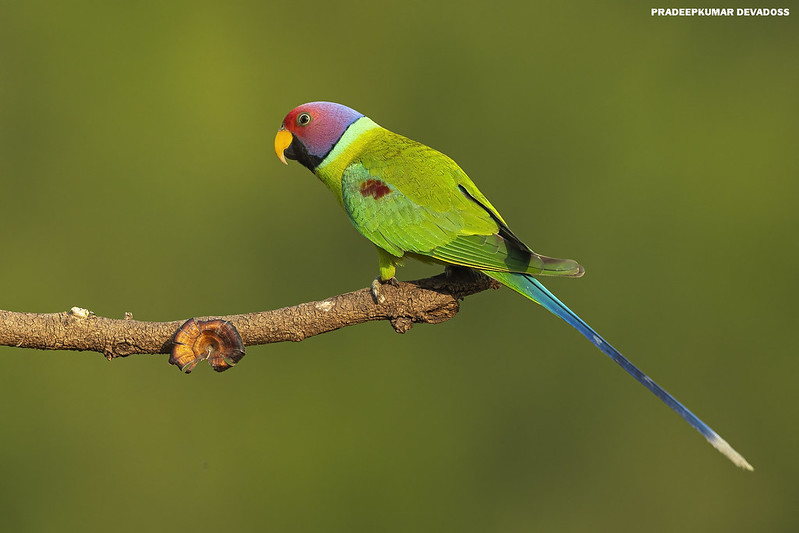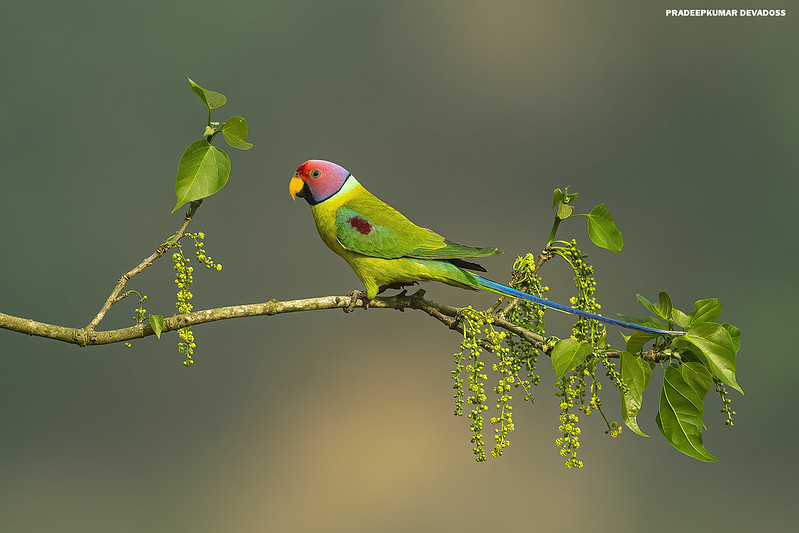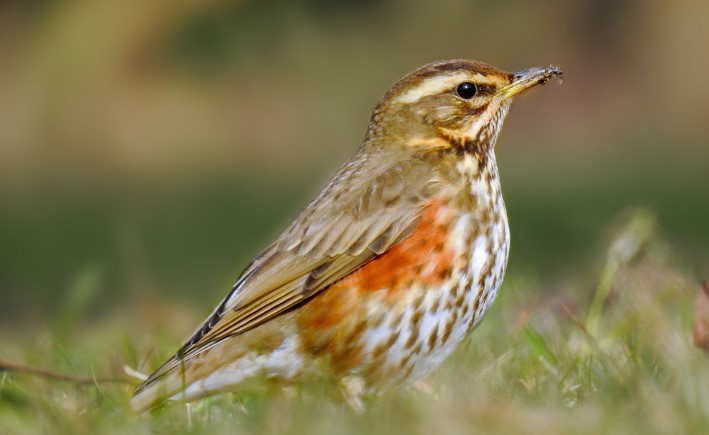/ month
placeholder text
Post List
Editor's Picks
Wadi Al-Hitan (Whale Valley) in the Western Desert of Egypt
Wadi Al-Hitan also called Whale Valley, situated in the...
Most Magical Luxury Treehouse Perched Among 150-Year-Old Pines
Most Magical Luxury Treehouse Perched Among 150-Year-Old Pines. You...
Exploring Punchbowl Crater – A Lava-filled Landmark in Hawaii
If you're looking for an interesting and unique destination...
The US Military Airplanes Graveyard
The world's largest airplanes graveyard of US military fighters...
Paradise in Coron Palwan Philippines
Coron Palwan is a wedge-shaped limestone island and the...
World’s Longest Traffic Jam in History
The world's longest traffic jam took place in Bejing,...
The Lion’s Mound of Battlefield of Waterloo
The Lion's Mound is a big conical and artificial...
The Role of Libraries in 21st Century Education
In the digital age, where information is just a...
Ayam Cemani – A Black Chicken Inside and Outside
Have you heard about Ayam Cemani? Perhaps you may...
Don't Miss
Shining Flycatcher (Myiagra alecto)
Family and Genus: Shining flycatchers (Myiagra alecto) belong to...
Five Important Rules When Buying A Used Car
Five Important Rules When Buying A Used Car
Buying a...
The Incredible Mountains Goat Climbers
Witness incredible mountains goat climbers at their best—a breathtaking...
Victoria’s Riflebird (Lophorina victoriae)
This beautiful Victoria's Riflebird (Lophorina victoriae) of the mid-northeastern...
Mud Volcano that Resemblance to a Human Eye
These unbelievable photographs show a spectacular mud volcano that...
The Inseparable Tiger and Lion Cubs Snuggling up to Bunnies
In the Japanese zoo, a pair of newborn cubs...
Use of Tobacco During Pregnancy
Use of Tobacco During Pregnancy - The question of whether...
The Unique Characteristics Of Tasmania That Set It Apart From The Rest Of Australia
The Unique Characteristics Of Tasmania
Have you ever wondered why...
Charismatic Planet © 2024 . All Rights Reserved.

 Female plum-headed parakeet: Photo Credit:
Female plum-headed parakeet: Photo Credit: 
 Photo Credit:
Photo Credit:  Photo Credit:
Photo Credit: 
 Photo Credit:
Photo Credit: 




